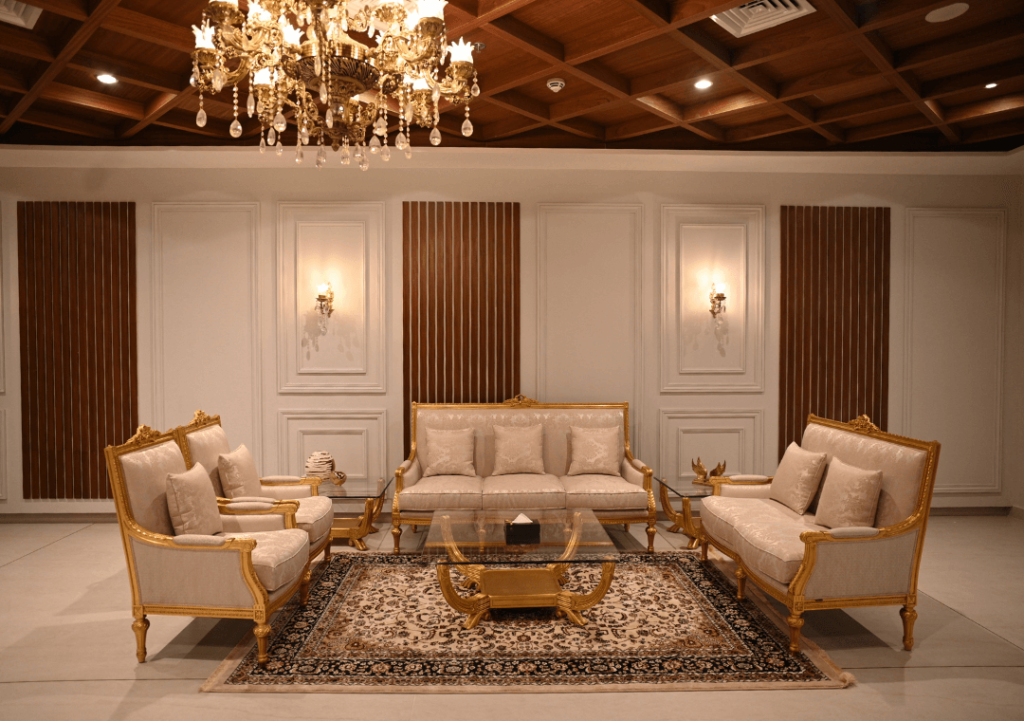
Choosing the right furniture for your home is a critical step in creating a space that reflects your personal style, meets your functional needs, and offers comfort. Whether you’re moving into a new house or looking to refresh your Custom Sofas current space, finding the perfect furniture requires a thoughtful approach. With so many styles, materials, and price points to consider, this guide will walk you through the process of making informed decisions that will help you design a home you love.
- Understand Your Space and Needs
Before shopping for furniture, it’s essential to assess your space and determine what you need. Take measurements of the room to ensure that any furniture you buy will fit comfortably without overwhelming the space. Consider factors like room layout, traffic flow, and natural light, as they will affect the placement and functionality of your furniture. Additionally, think about the primary use of the room—whether it’s for entertaining, relaxing, or working—and select pieces that align with those needs. For example, a living room used for hosting guests may require a spacious sofa and extra seating, while a home office will need a comfortable desk and ergonomic chair. - Define Your Style
Furniture plays a significant role in defining the overall aesthetic of your home. Whether your style leans toward modern minimalism, rustic charm, or classic elegance, it’s important to choose furniture that complements your design preferences. Look for inspiration in interior design magazines, online platforms like Pinterest, or even model homes to help you pinpoint your style. When selecting pieces, aim for a cohesive look that blends seamlessly with your home’s architecture and existing décor. Mixing and matching different styles can work, but it requires a careful balance to avoid a chaotic or disjointed appearance. - Prioritize Comfort and Functionality
While aesthetics are important, comfort and functionality should be top priorities when choosing furniture. After all, your home should be a place of relaxation and convenience. Test out pieces in person if possible—sit on sofas, lie on beds, and make sure chairs provide adequate back support. Pay attention to materials as well, as they impact both comfort and durability. For example, a plush velvet sofa may be stylish, but if you have young children or pets, you might opt for a more durable fabric like leather or performance fabric. Additionally, consider multifunctional furniture, such as ottomans with storage or extendable dining tables, which can maximize your space without sacrificing style. - Balance Quality and Budget
Furniture is an investment, but it’s important to strike a balance between quality and budget. High-quality furniture tends to last longer and offer better comfort, but it often comes with a higher price tag. Establish a budget before shopping to avoid overspending and prioritize key pieces that you use most frequently, such as your bed, sofa, or dining table. These are the foundation of your home’s comfort and should be where you allocate the most funds. For other items, you can explore affordable options without compromising too much on quality. Look for sales, discounts, or secondhand pieces that still align with your style and needs. - Consider Material and Durability
Furniture materials play a crucial role in both aesthetics and longevity. Wood, metal, glass, and upholstery each offer different strengths and visual effects. For instance, hardwoods like oak or walnut are known for their durability and classic appeal, while metal and glass can provide a sleek, modern look. Upholstered furniture, such as sofas and chairs, should be chosen based on fabric durability and maintenance requirements. Families with kids or pets might opt for stain-resistant or easy-to-clean fabrics, while those seeking luxury may gravitate toward natural materials like leather or silk. Ultimately, choosing materials that suit your lifestyle will ensure that your furniture remains functional and beautiful for years to come. - Plan for Longevity and Future Use
Finally, when selecting furniture, think about how your needs may evolve over time. Investing in timeless, high-quality pieces ensures that your furniture will remain relevant even as your tastes change or as your family grows. Neutral-colored furniture is often a safe choice, as it can easily be updated with accessories like pillows, throws, and rugs to match changing trends. Additionally, modular furniture that can be reconfigured or expanded may be ideal for growing families or those who frequently move homes. By planning for the future, you can avoid the need for constant replacements and create a home that adapts to your lifestyle.
In conclusion, choosing the perfect furniture for your home is a process that involves balancing aesthetics, functionality, comfort, and budget. By understanding your space, defining your style, and prioritizing quality, you can select furniture that enhances both the look and livability of your home. Consider your long-term needs and how your choices will adapt over time to create a home environment that feels both timeless and personal. With the right approach, you can design a space that reflects your personality while providing the comfort and functionality you need for everyday living.